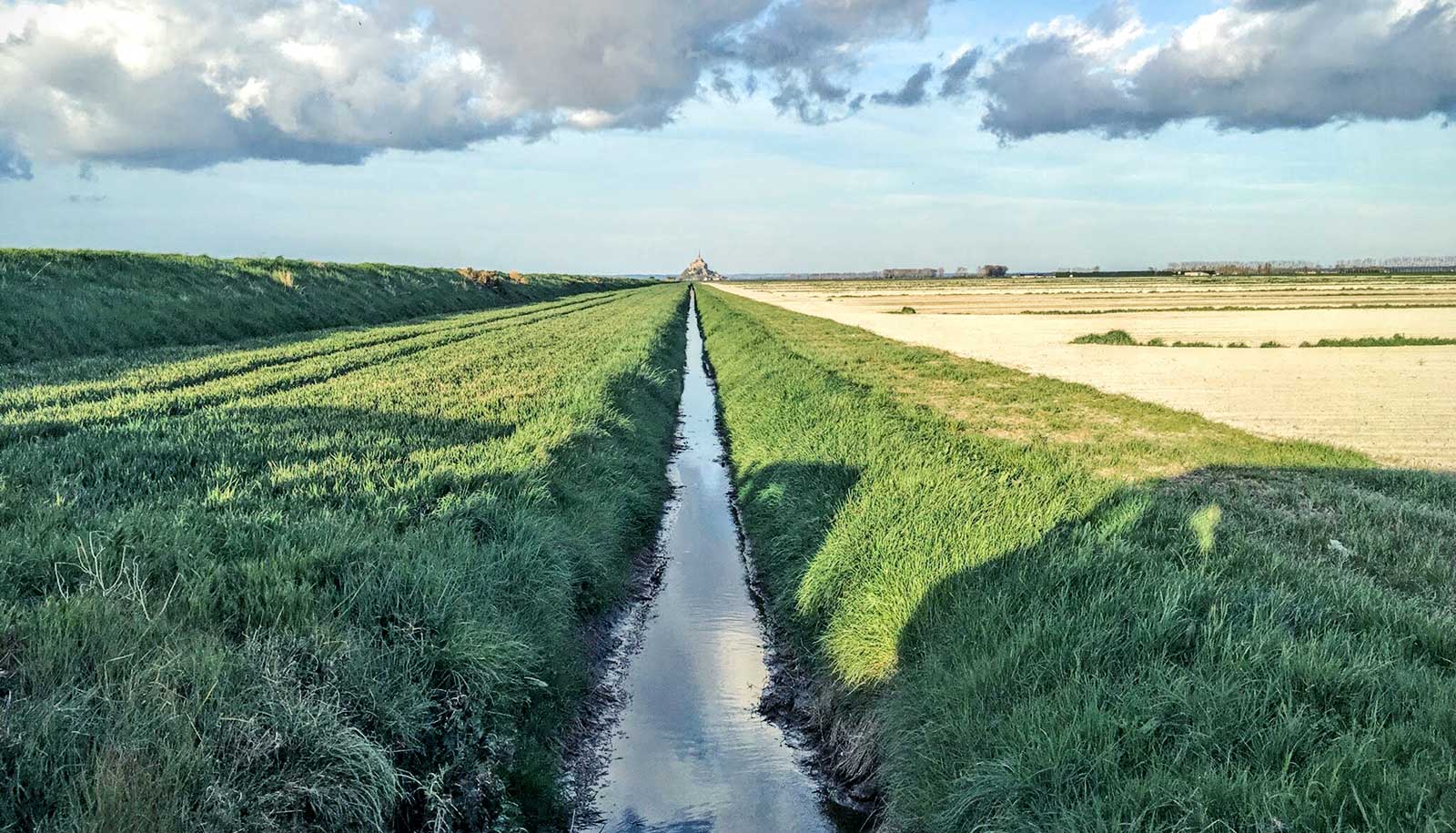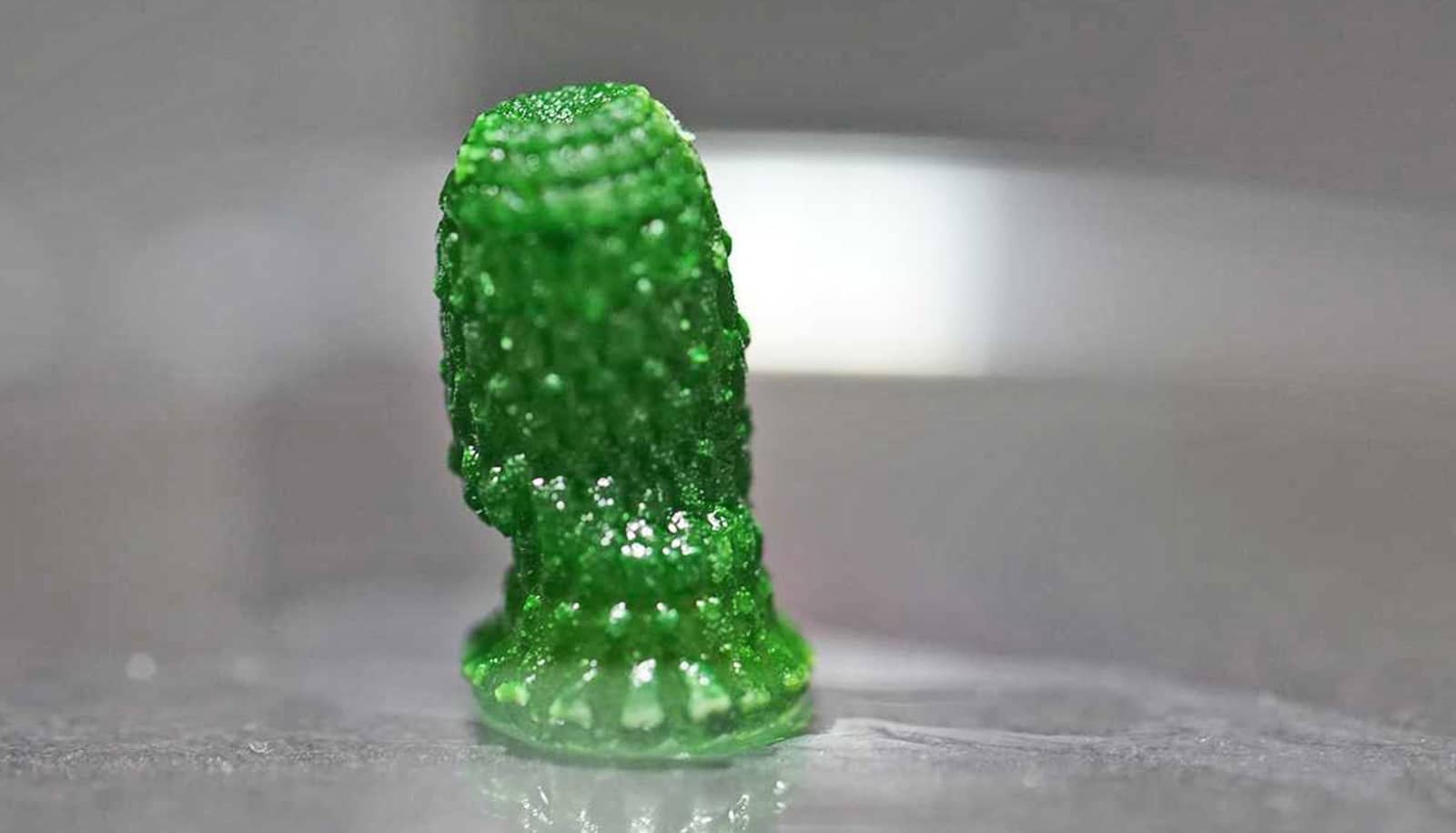Streams can be diagnostic “sensors” for a watershed’s sensitivity to changes in land use practices, such as the long-term use of fertilizers, according a new study.
“The manipulation of phosphorous and nitrogen in the landscape is one of the greatest threats to the fate of humanity and the rest of life on this planet…”
Using streams as sensors—specifically, near the headwaters—can allow scientists, land-use managers, and farmers to diagnose which watersheds can be more sustainably developed for food production, says study coauthor Jay Zarnetske, an earth and environmental scientist at Michigan State University.
“We were surprised to see that the streams were good sensors of long-term nutrient conditions,” he says. “Our methods show that we can learn much from a relatively small number of samples if they are collected more strategically than current watershed management practices dictate. This understanding is critical in protecting aquatic ecosystems and ensuring human water security.”
Human activity, especially agriculture, has polluted freshwater ecosystems across the planet, causing massive ecological and economic damage. Excess nutrients from fertilizer and fossil fuel can trigger toxic cyanobacteria blooms and expansive hypoxic dead zones, undermining the capacity of ecosystems to provide the food and water that sustains human societies, Zarnetske adds.
Agriculture’s impact
For the study, which appears in Ecology Letters, Ben Abbott, formerly at Michigan State University and now at Brigham Young University, led an research team in a culturally and historically important region of France. The area, which has seen nearly a millennium of agricultural activity, serves as a model as to how increasing use of nitrogen and phosphorous fertilizers are having lasting impacts on watersheds.
“The manipulation of phosphorous and nitrogen in the landscape is one of the greatest threats to the fate of humanity and the rest of life on this planet,” Zarnetske says.
“Most people have no idea that the human manipulation of the phosphorous and nitrogen cycles is occurring, is affecting nearly every place on the planet and is one of, if not the greatest, current threat to the fate of humanity,” he says.
There are dramatic aerial photos of algal blooms growing at the mouth of streams flowing into bodies of water, such as Lake Erie. However, most carbon and nutrients enter waterways upstream, at the headwaters. So rather than try to diagnose problems at the mouth, a more efficient way to address the issue would be to sample many areas closer to the headwaters.
“Basically, instead of standing in a large stream far from the headwaters and observing what flows past us through time,” Zarnetske says, “we illustrate that it can be much more informative to periodically travel around the region and grab samples from the smallest to the largest streams in the watershed.”
Extra fertilizer puts prairie plants off schedule
The team found that each small stream’s chemistry fluctuated widely due to changes in temperature, water flow, and other factors. There was order to the variability, however, as there was synchrony in the behavior of each small stream and its role in the chemistry of the larger river system.
“That was unexpected,” Abbott says. “Somewhat surprisingly, we found that a single sampling of headwaters any time of year provides a lot of information about where nutrients are coming from and where to target restoration efforts.”
Going global
Future research will apply these methods globally, to different agricultural watersheds and forested landscapes experiencing changing precipitation patterns. For example, Zarnetske will study headwaters in the Pacific Northwest and the rapidly warming and thawing landscapes in the Arctic.
The new methods also can help direct efforts in selecting the most appropriate locations for sustainable agricultural land and development or identifying watershed responses to global warming, such as those in the Arctic.
Arctic landscapes, where soils are predominantly frozen, are rapidly thawing due to rapid climatic warming. As Arctic ice and permafrost melt, they release sediment and nutrients into rivers and seas. While the effects of these increasingly turbid waters and nutrients are unknown, the researchers’ new approach can develop a baseline to begin monitoring their impact.
Why city planners should make water a top priority
Additional researchers contributing to the study are from Université de Rennes and University François-Rabelais Tours.
Source: Michigan State University



